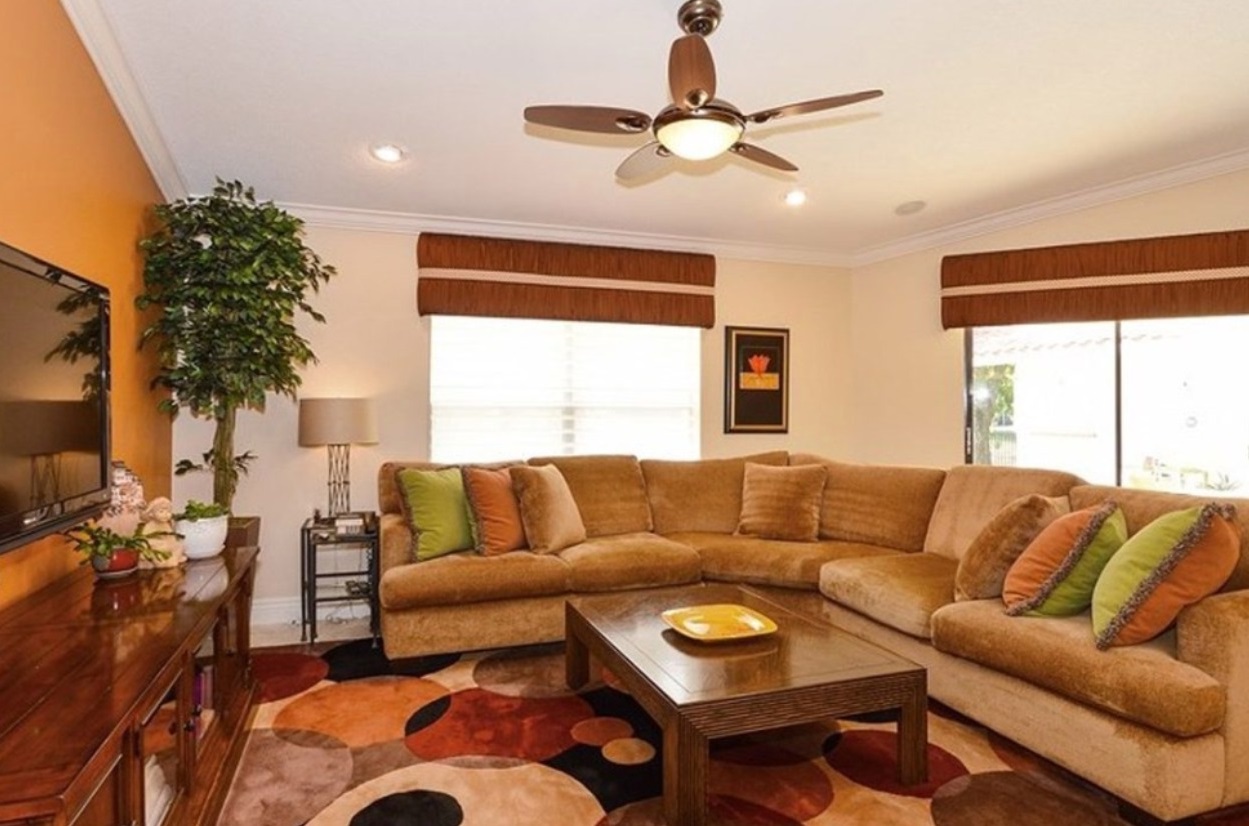Ceiling lights and ready? There’s nothing there! The living room only becomes comfortable with the right lighting.
We want to make ourselves completely comfortable in the living room. With a beautiful sofa, matching side table and plush rug. However, in the end, there is something else that is crucial to the feel-good factor: lighting! Too bright lights, too few light sources – you can make a few mistakes here. It only becomes harmonious when you combine atmospheric and functional light. we give a few tips about proper lighting.
One or maximum two practical lamps in the living room – that may be enough for everyday purposes. But the living room is a multitasker’s place, not only as a place to welcome guests, but also as a place for people to relax, read, play and watch TV. Lots of space, lots of needs – comprehensive lighting required! “Atmospheric lighting relates to a combination of ceiling lights, wall lights and floor lights. “It’s all about the right mix,”.
Are there any basic rules for lighting planning?
“The most beautiful thing is always a combination of three kinds of light: light to see, light to see, and light to see,”. Light should generally make you bright, attract attention and illuminate certain areas or be beautiful to look at. So far, so simple.
But how do you do it at home? “First ask yourself a general question: is there a suspended ceiling? What are the walls like? Where is which furniture? “Is there a lot of people reading here, or are there several activities going on at the same time?”
You then have to think about the surface and the level of gloss and reflectivity. What should sparkle and what shouldn’t? “This information should certainly be included in the lighting planning.”
Ceiling lighting: light to see
Contrary to popular belief, it doesn’t make sense to simply hang a ceiling light in the center of the ceiling for functional general lighting. “The light would just disappear there. “Light needs a surface to shine on it,” says the expert. Of course, exceptions prove the rule: sometimes an impressive chandelier in the middle of a room can be a bright spot! – and was then considered more as a decorative “light to look at” than as general lighting.
For ceiling lights or spotlights, you can use a stronger light source. The warm white light from LED or low-voltage halogen lamps illuminates the room brightly, casting almost no shadows, but does not create any atmospheric accents – ideal for cleaning or other practical purposes!
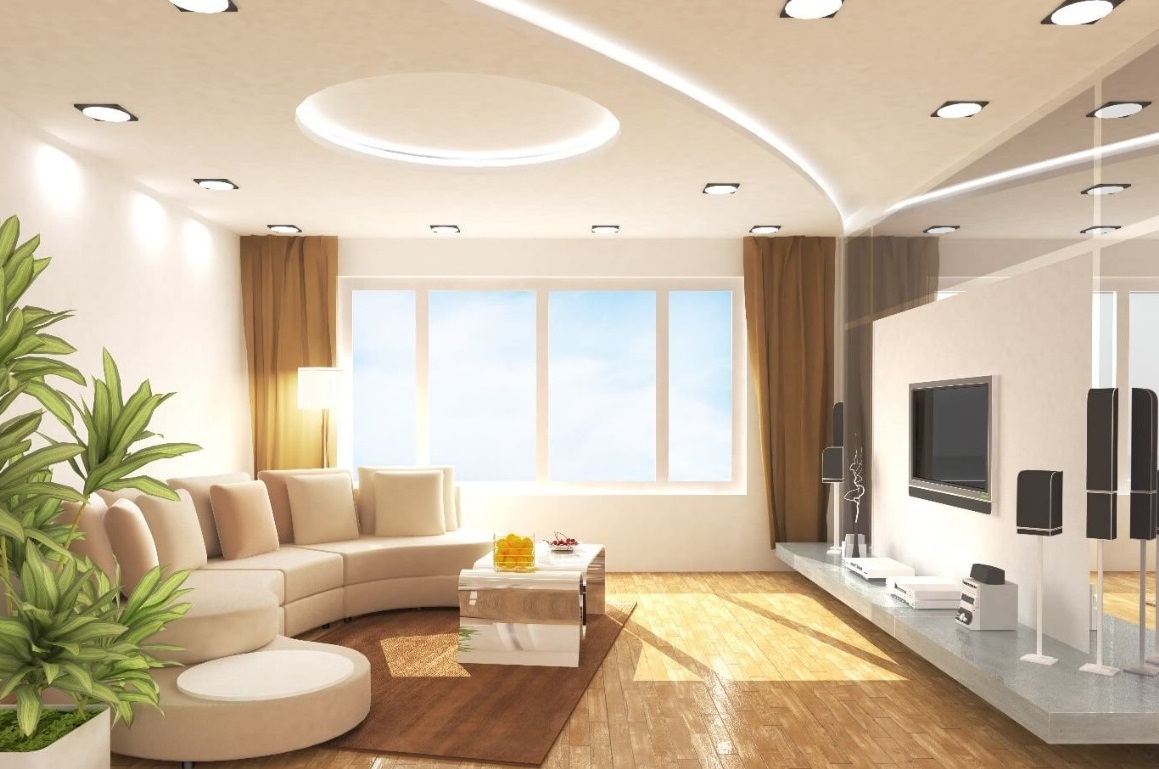
General lighting checklist
through the ceiling and if necessary. Lamp or wall point
stronger luminosity
Illuminates everything evenly, almost no shadows, no islands of light
“replaces” daylight
not used as permanent lighting, but lit for a specific purpose
Wall lamps: light to look at and be seen in
Fixed wall lights can also function as general lighting and also provide decorative accents. “With wall lamps you can create many lighting situations – producing light that makes you look and see,”. The higher you install a wall lamp, the brighter the ceiling will be, so you can do without a ceiling lamp if necessary. If you install wall lights at approximately head height, they will provide a standout decorative light.
But be careful: If you use a fixed wall lamp, you won’t be able to install a cupboard or hang pictures in that place later. “Before installing, always ask yourself if you would rather use the walls for something else,” says the expert.
Depending on the height, you can use stronger lights. If the wall lamp is placed lower than 1.80 meters, you should choose a warm white light that is softer and less glare.
By the way: Light directed evenly on the walls makes the room appear more open and spacious! You can achieve this effect with a rotating floor lamp, or with spotlights on a system of cables and rods or electric rails.
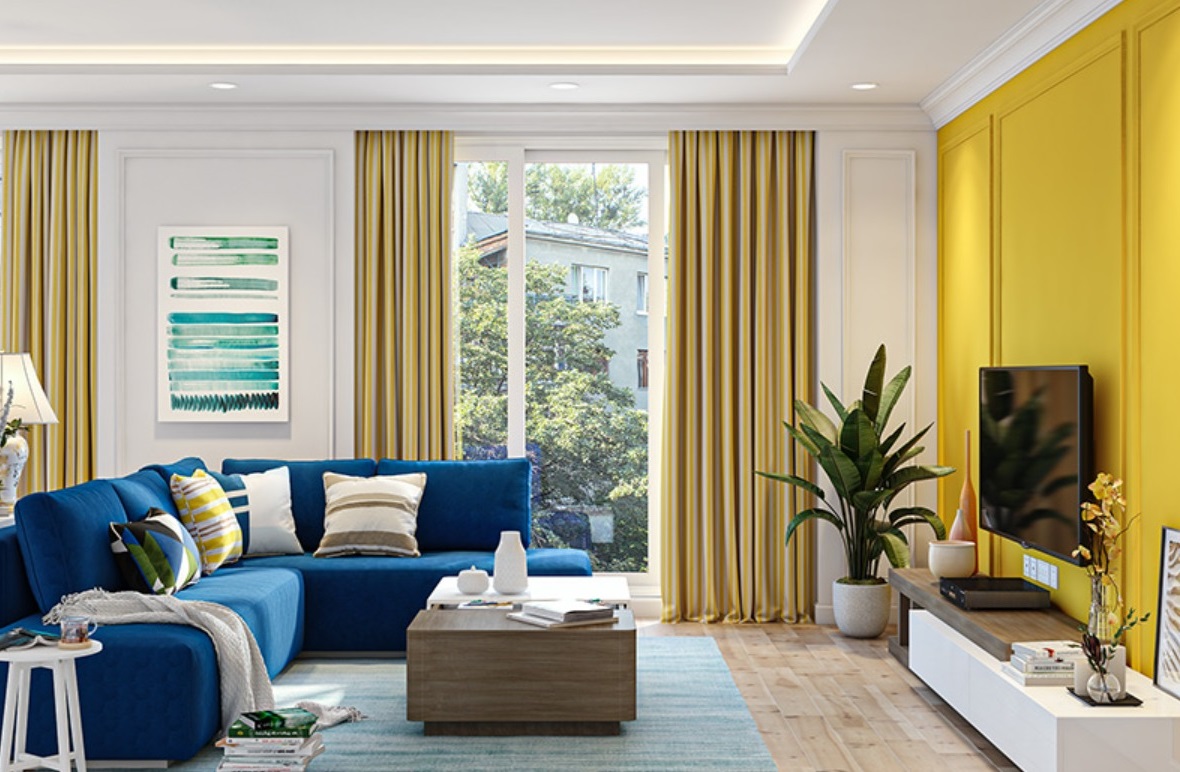
Freckles: light to look at
In this example, ceiling spotlights also specifically highlight the artwork and create interesting islands of light.
Floor and table lamps: light to look at and look at
Rooms used for multiple purposes should be equipped with other light sources besides bright general lighting – these sources create atmosphere, but also create targeted islands of light, for example in reading corners. “They are interesting objects that provide additional light,”.
There is no ideal location for a floor lamp in a room; it depends on the overall goal and concept. “The lamp can be placed near the sofa or near other furniture,”.
With shades exposed at the top – or, as here, with bare lights – you can simultaneously throw light up to the ceiling and do without skylights, which are usually too bright and not very atmospheric. If you use a floor lamp as a reading lamp, the light source should not be too strong or too weak. After all, you don’t want to fall asleep while reading a book or feel like you’re in the dentist’s chair, do you?
Atmospheric light can best be created with lots of small, decorative lights, which don’t necessarily have to serve a specific purpose (like reading lights). Floor lamps are also a classic example.
“Again, make sure that various light sources, such as table or floor lamps, are arranged in such a way that they do not cause glare,”. Ideally, lights should be dimmable and flexible, “so you can always adjust the lighting to your mood and needs,” says the expert.
If you also use the living room to watch TV, you should always turn on other – non-reflective – lights in the room. Because too big a brightness difference between the screen and the rest of the room makes your eyes tired!
Either you use indirect lighting directly behind the television, bathing the wall in soft light, or you place a small dimmable table lamp on the sideboard.

Important to note :
Easy to look at
mostly through decorative floor, floor and table lamps
Positioned according to the room, it only lights up or turns off certain areas
Make it glare free!
Light for “seeing” does not necessarily have a practical function, but rather creates an atmosphere
ideally dimmable
Stay flexible
Ideally, you have all types of lights in your living room; Although there is not always a clear either/or. For example, “see” and “see” do not exist independently; A floor lamp can look good, be an object of lighting, but still be useful as a practical reading lamp. And the versatile lamp model allows for several scenarios: the spotlight in this Berlin apartment can be used as accent lighting to highlight works of art, but can also be converted into a functional reading lamp for a sofa or work desk.
The Function of Lighting in Creating the Atmosphere of a Space
Lighting is a crucial element in supporting indoor human activities. Poor lighting quality can obstruct activities and lead to eye health issues. Therefore, the lighting used in a building or room should be carefully considered based on functionality and requirements to ensure the comfort of the room’s users. In addition to aiding human activities, lighting can also contribute to the aesthetic appeal of a room. The use of different types of lighting, light colors, shapes, placements, and techniques can impart diverse atmospheres and characteristics to a room. Hence, it is vital to select appropriate lighting to help establish a particular ambiance in a room.
Establishing a specific theme or style in a building is also crucial in creating an atmosphere in a room. When designing a room or living space, determining the theme or style is paramount as it differentiates the space from others. The theme also serves as the primary attraction to captivate the attention of guests.
Considering the aforementioned aspects, the role of lighting is highly significant in portraying a specific style and ensuring that it is visually evident to the users of the space. Therefore, the lighting chosen must be suitable to effectively convey the intended style to the space’s users.
One of the essential elements in an interior space is lighting. The chosen lighting method can impact the quality of the design and the experience of the space’s users. Light entering an interior space aims to illuminate all the elements so that the space’s atmosphere can be visually perceived. There are numerous types and techniques for utilizing lighting elements to achieve the desired visual effect in interior spaces.
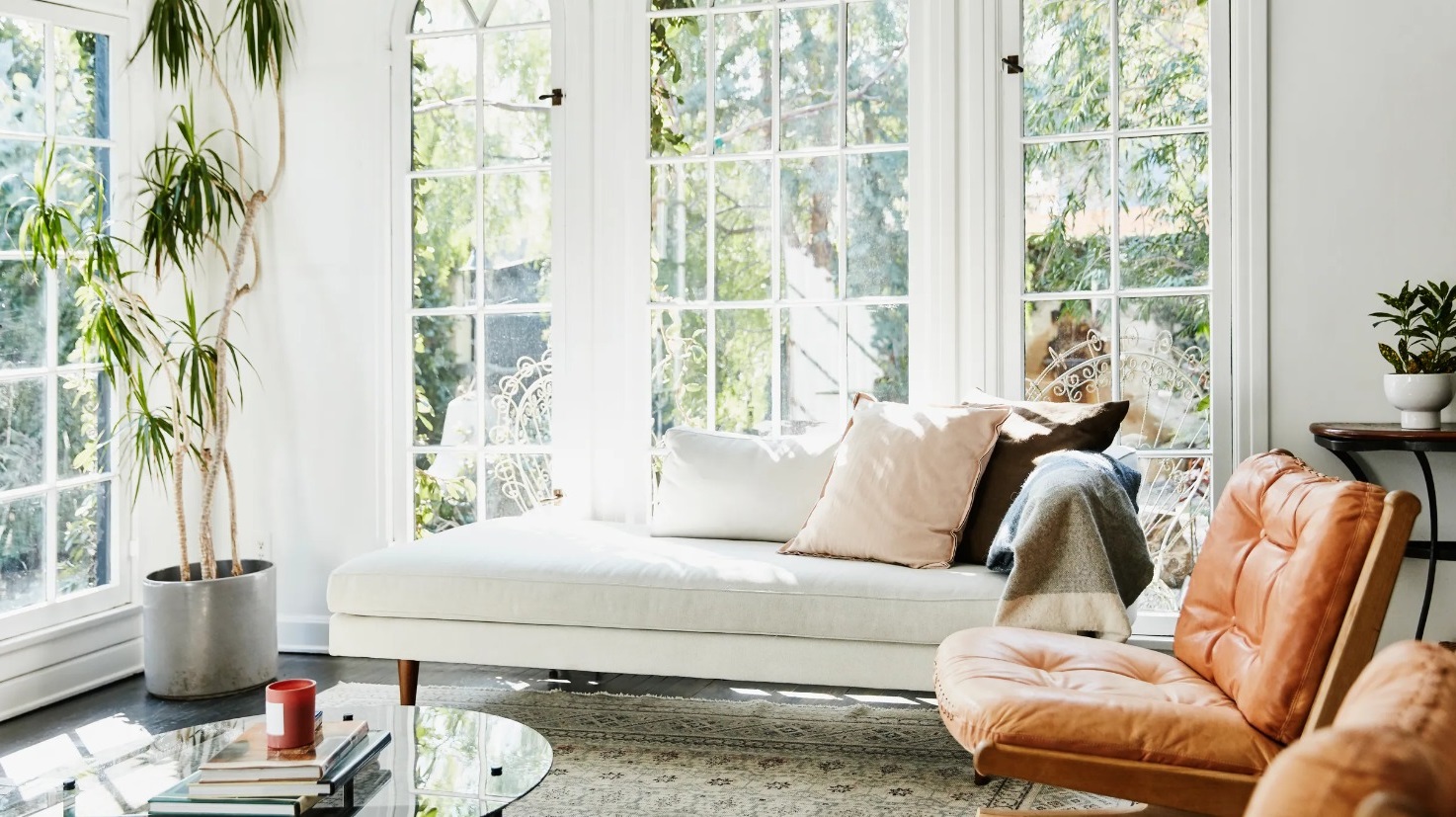
Understanding the science of light and its proper arrangement is crucial for identifying the light source, selecting the appropriate artificial light source as needed, and ideally implementing the lighting arrangement technique within the interior space. Lighting is categorized into two sources: natural lighting and artificial lighting.
1) Natural Lighting
Sunlight is the most important natural lighting source for humans. Sunlight has advantages and disadvantages in terms of interior design. The benefits include being natural, abundantly available, and dynamic, while the drawbacks are uncertain properties, availability dependent on weather and climate, uncontrollable quantity, the potential to damage materials sensitive to violet light, and the transmission of heat into the interior space.
Despite the advantages and disadvantages of sunlight, proper processing can still effectively utilize this natural lighting source. Sunlight can be directed into the interior space through various methods, such as openings like windows, ventilation, or ceiling and roof apertures. Additionally, incorporating materials such as curtains, window films, or arranged areas for security purposes can yield specific effects on the interior space. The processing of natural lighting sources is not solely for aesthetic purposes but also serves functional aspects as a critical means for sustaining activities within the room.
Sunlight is a valuable lighting source as it enables humans to work with natural lighting effectively.
2) Artificial Lighting
Artificial lighting, originating from man-made sources such as lamps, is a vital element in interior design. It serves the function of providing lighting for daily activities and offering aesthetic value in a room. Artificial lighting is intended to create a particular atmosphere in an interior space rather than simply providing illumination. Therefore, it is not just a practical consideration but also holds aesthetic significance. From an aesthetic standpoint, the selection of lamp type, shape, color, and placement presents an element of enjoyment. The impact and effects of lighting choices can surpass expectations, creating a comfortable atmosphere for users in the interior space while ensuring the continuity of activities.
Types of artificial lighting include the following:
- Ambient Lighting or General Lighting: This type of lighting is the most commonly used and comes from a light source with sufficient capacity to illuminate the entire interior space.
- Task Lighting: Task lighting is designed to help illuminate specific activities, such as work or study, without causing eye strain and helping users to focus.
- Accent Lighting: This type of lighting is used to highlight specific areas or objects, enhancing aesthetic elements in an interior space.
- Decorative Lighting: As well as providing illumination, this type of lighting serves as a decorative element in interior design due to its unique and attractive designs.
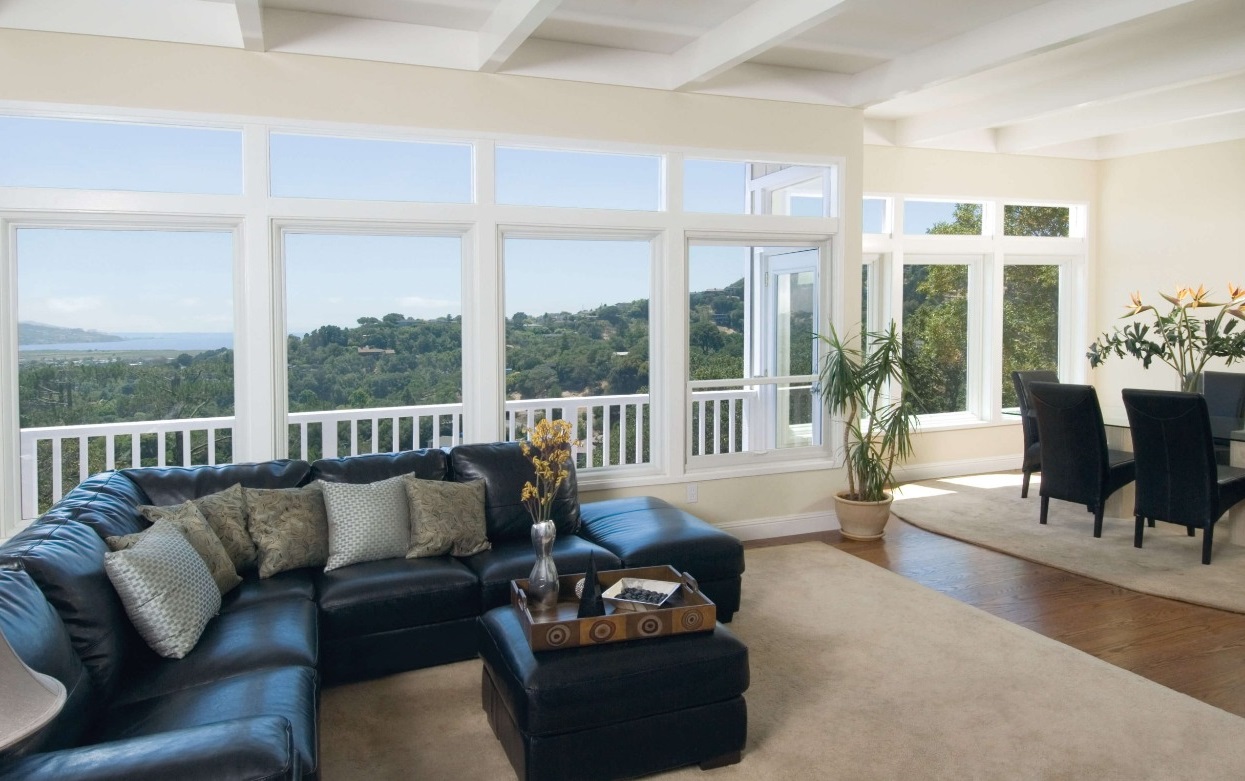
Lighting Techniques in Interior Spaces
Lighting techniques not only provide illumination but also create atmosphere and quality within a space. Common techniques for interior lighting include:
- Direct Lighting: This technique illuminates a space without the use of other media and is suitable for areas that require bright light and emphasize the shape of the lighting fixture.
- Indirect Lighting: Placing the light source in a way that the light is reflected and not directly visible, creating a clean and simple effect.
- Downlight: This technique illuminates the space from above, providing even and high-intensity light, often used as a measure of a space’s age, with low intensity used for accent lighting.
- Uplight: This technique illuminates the space from below, often used for indirect lighting to enhance aesthetic elements and create a luxurious ambiance.
- Sidelight: Similar to uplighting, but the light source is directed from the side, emphasizing focus and texture of the illuminated object.
- Frontlight: This technique horizontally illuminates an object, useful for shining light on two-dimensional artistic elements such as paintings.
- Backlight: Unlike frontlighting, backlighting uses the area behind the object or the object’s shadow to create a focus on the shadow effect.
What Are the Advantages of Sunlight?
Exposure to sunlight aids in the production of Vitamin D, regulates our sleep patterns, helps us concentrate, increases productivity, and promotes overall happiness. It is crucial for our physical and mental well-being to ensure we have sufficient access to this essential resource. However, research indicates that we now spend nearly 90% of our time indoors, limiting our exposure to sunlight and hindering us from reaping its benefits.
Despite the numerous technological advancements, humans still benefit biologically from sunlight exposure. The rapid pace of technological progress has outstripped our natural evolutionary pace, and artificial lighting has disrupted our natural day and night cycles.
Thankfully, the benefits of sunlight have been extensively researched and documented, reaffirming the need for increased access to natural light. For instance, recent studies reveal that 27% of homeowners aim to create a more modern living space with ample natural light. These benefits can be classified into two categories: the advantages of sunlight for our bodies and the benefits it offers to the structures we inhabit.
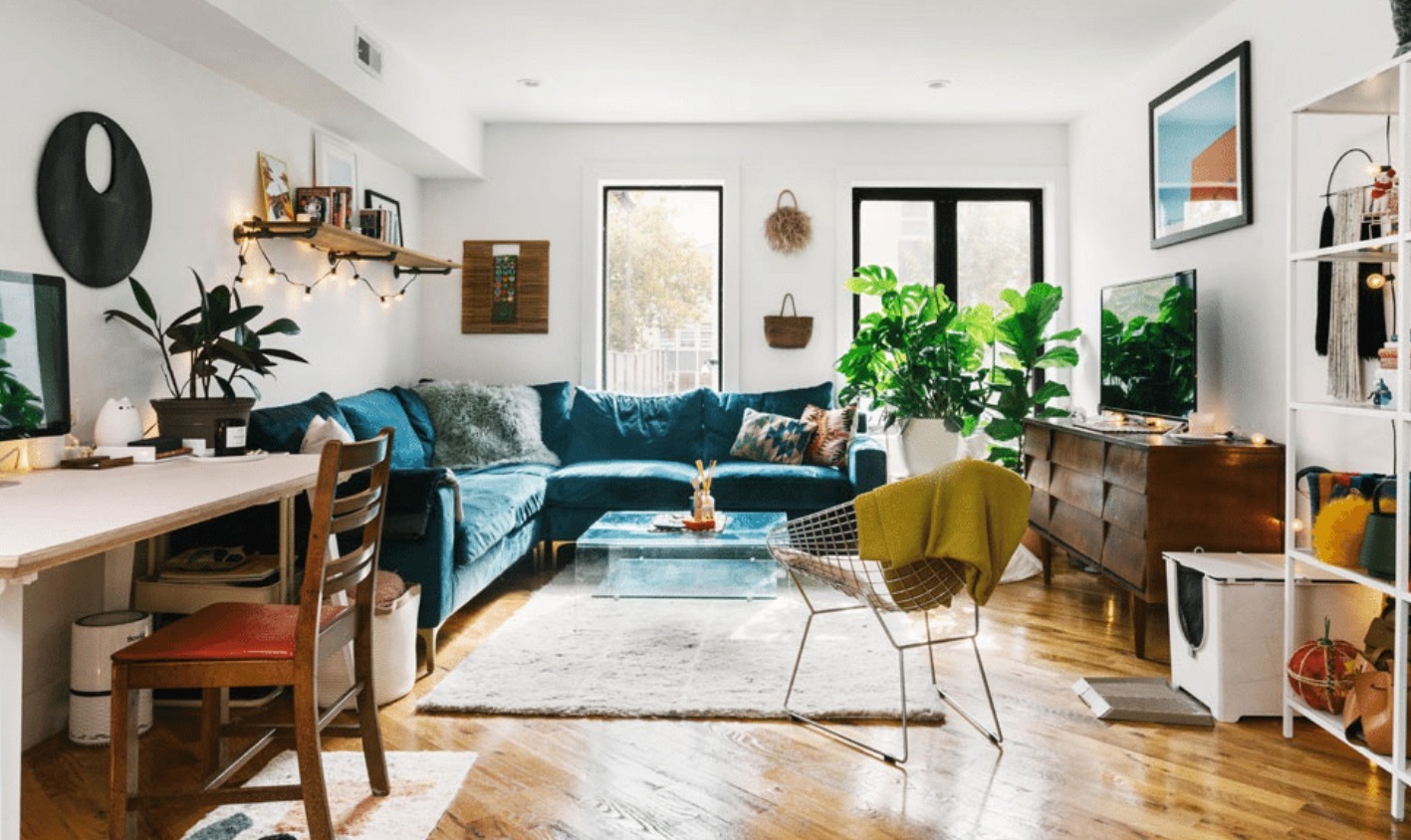
The Benefits of Sunlight for Our Bodies and Minds:
The human body has evolved over thousands of years and is designed to regularly receive sunlight.
Specifically, every day. As the sun rises, our bodies are designed to awaken alongside it, and our circadian rhythms, which regulate our sleep quality, are attuned to respond to sunlight. However, the benefits of sunlight extend beyond improved sleep:
Sunlight enables the production of Vitamin D:
It is widely known that sunlight is a primary source of vitamin D, but its significance may not be fully recognized. Vitamin D is crucial for developing strong bones, aiding in calcium absorption, and supporting growth during infancy and beyond. Moreover, vitamin D deficiency has been associated with depression, obesity, and potentially even multiple sclerosis, with a genetic defect leading to vitamin D deficiency being linked to the latter.
To obtain this essential nutrient, sunlight is the optimal solution. While supplements can provide a vitamin D boost and certain foods like milk can increase our intake, excessive reliance on supplements can lead to elevated blood calcium levels and subsequent health issues.
Sunlight does not directly supply vitamin D but rather stimulates its production within our bodies. Natural light facilitates a self-regenerating process, preventing overconsumption of vitamin D. Once our bodies have sufficient vitamin D, they cease production, indicating that it is impossible to receive an excessive amount of benefit from sunlight.
Productivity and focus can be enhanced by exposure to natural light:
It is essential for all of us to be productive. Starting from the time our alarm goes off and we begin preparing for work, we need to be focused and efficient, especially after having our morning coffee. Our success in work and overall life is often evaluated based on how much we can accomplish in the time available to us. One of the major advantages of natural light is its ability to increase our productivity.
Though it’s not as straightforward as “spend half an hour outside every day to get 30% more work done,” there is a strong correlation between the benefits of natural light exposure and our overall productivity. In the workplace, natural light has been associated with improved concentration, efficiency, and reduced illness leading to lower absenteeism. Studies indicate that exposure to daylight in the workplace can result in improved morale and enhanced ability to remember numbers backwards.
One of the significant factors directly impacting our productivity is the quality of our sleep. There is substantial evidence suggesting that better sleep leads to better performance at work.
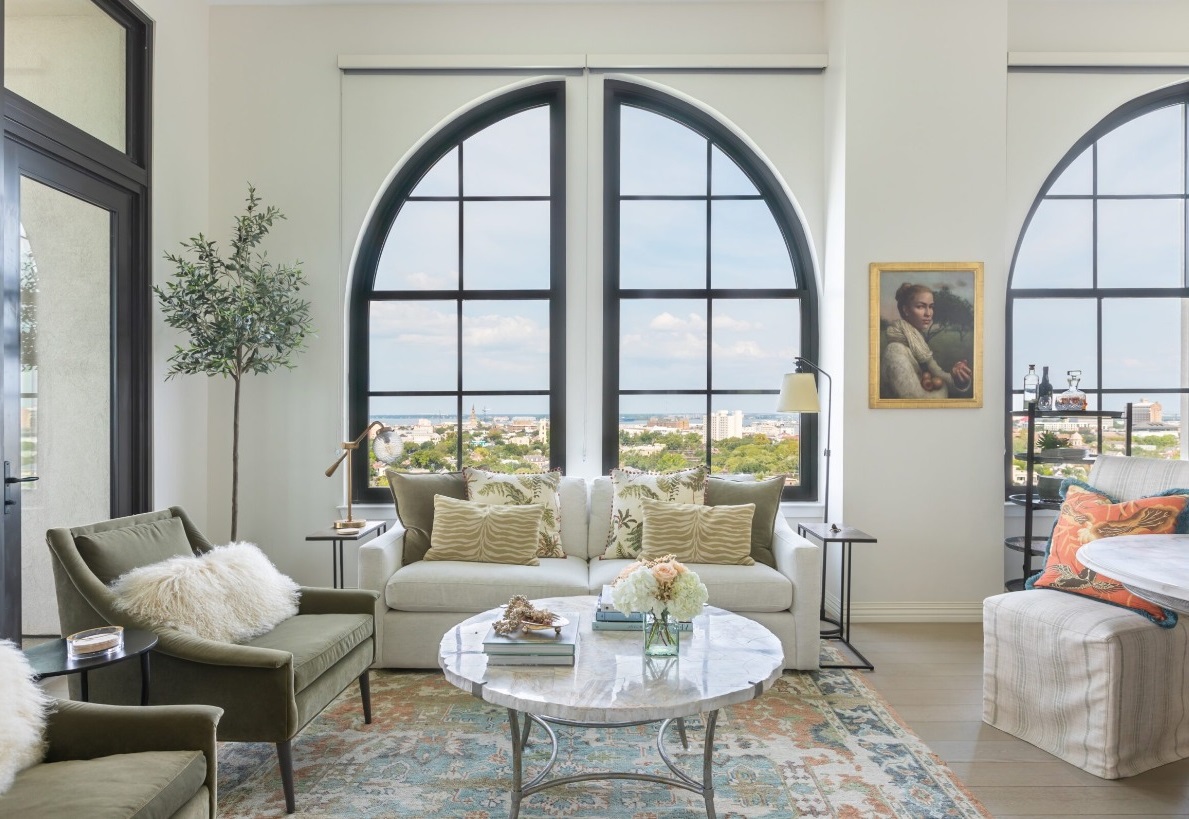
Natural light assists in regulating our body clock:
Our circadian rhythm is crucial for our well-being. This rhythm essentially coordinates all of our bodily functions, from digestion to cell regeneration, and it lasts almost 24 hours but not exactly. According to a study by Harvard School of Medicine, our circadian rhythms need to be reset daily in order to stay synchronized with the external environment, and regular exposure to light and darkness is crucial for this purpose.
This is relatively simple for people who spend a lot of time outdoors. Our bodies naturally recognize that it’s time to reset the clock when the sun rises, and when the sun sets, our rhythm is maintained, preparing us to rest and recover. However, in our modern lifestyles, we are constantly exposed to light from various artificial sources, disrupting our natural balance. Screens of mobile phones, computers, TVs, and even standard artificial lighting throw our bodies off balance, tricking our biology into thinking it’s still daytime after the sun has set.
One of the advantages of natural light is its ability to help our bodies adapt to the natural rhythms they are meant to follow. Sleeping in a room with ample unobstructed windows or an additional glass enclosure and waking up at sunrise are beneficial practices to adopt. Even receiving a small amount of sunlight throughout the day can readjust our bodies to the natural rhythm of daylight, significantly improving the quality of our sleep and consequently our effectiveness the following day.
